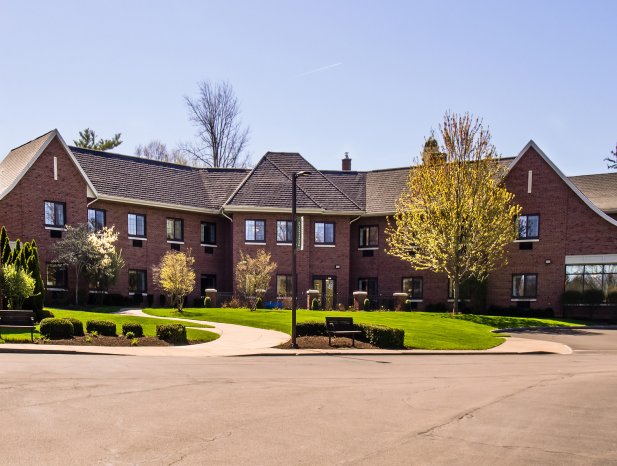
Senior housing trend report indicates positive performance ahead
Even amid coronavirus, investors see favorable indicators
Investors are carefully watching the senior housing and care sector for indicators of what’s to come, particularly as we collectively navigate COVID-19 and economic ripples of the pandemic. A recent report by leading real estate services organization JLL found the industry is well-positioned to perform well in 2020, despite current challenges. In fact, the report shows that leaders in the senior housing sector are turning relatively seamlessly to protect the health of their residents by putting into place safety guidelines and policies. This ease of adjusting to today’s circumstances suggests the senior housing sector will remain healthy.
Let’s take a closer look at the study findings.
Key trends in the senior housing and care sector
The JLL research report, “Seniors Housing & Care Investor Survey and Trends Outlook | Spring 2020,” points to several findings that suggest possible growth in the sector, even as COVID-19 wields its influence, challenging commercial real estate.
Investor sentiment is looking up
Investment sentiment, both medium and long-term, is still strong, with investors continuing to look toward the baby boomer influx with anticipation — an influx that some are calling the “silver tsunami.” That’s due to wash ashore within the 10-year investment cycle of occupancy. It is of note that investors are eyeing capitalization rates, with 83% expecting them to increase due to the pandemic, according to the report findings. Previously 72% of investors said they expected no changes to cap rates. However, survey participants expect those capitalization rates to normalize after the pandemic abates.
After a growth cycle of nearly 12 years and compressed cap rates, the COVID-19 disruption pressed the proverbial pause button, yet investor sentiment remains high with signs of market rejuvenation, and for good reason. Rent collections are stable. Senior housing among independent living facilities and lifestyle-focused entities have actually outperformed initial projections. And stabilized occupancy in senior housing has dropped just 110 basis points and up to 220 basis points among senior care facilities.
Occupancy, valuations, innovation and transaction volume trends
Numerous factors are feeding into investor confidence right now, among them: occupancy rates, valuations, innovation and transaction volumes. When it comes to senior housing and care revenue, decreasing occupancy is the primary factor. Yet emerging innovations are accelerating, with a focus on everything from infrastructure to technology and even design. And that demonstrates resiliency on the part of the industry.
Operating expenses, which are always a factor in valuations, have been increasing for short- as well as long-term needs. Yet those operating expenses are projected to stabilize at a fraction of their current, pandemic-influenced premiums, at just 20%-50%. Also, the study finds that the long-term demand outlook is particularly favorable for investors, with indications that senior housing demand will match or outpace varying supply trends from 2022-2030. Of course, every market is different; conducting a needs assessment would be wise to formulate projections for demand and opportunity in your region.
Considering the senior housing and care market sector?
If you’re considering the senior housing and care sector and researching how the market is expected to weather and emerge from the current environment, this study indicates there’s reason for optimism. The market is already showing signs of resiliency and even strength throughout the COVID-19 pandemic.
The world is changing fast to accommodate public health needs. When it’s time to build, the design-build model of construction can help ensure you maximize your investment in senior housing and care facility construction. Contact us to find out how we can help you make the most of this opportunity.